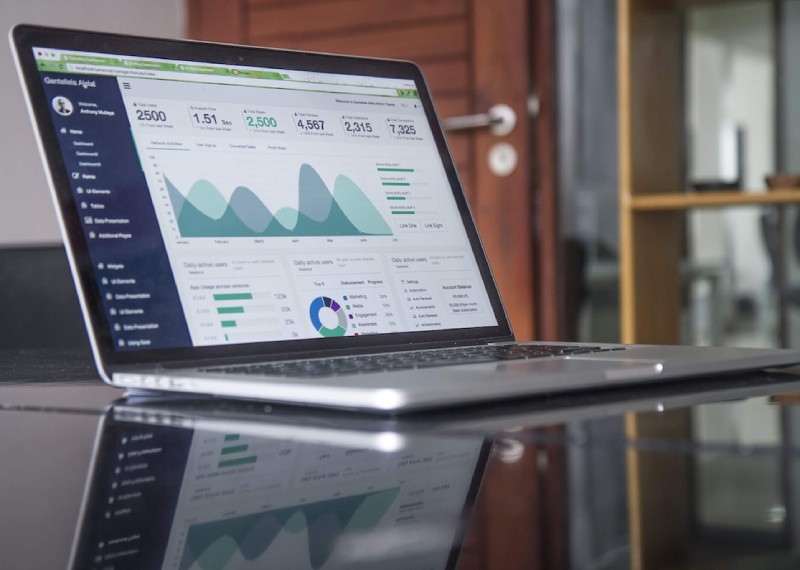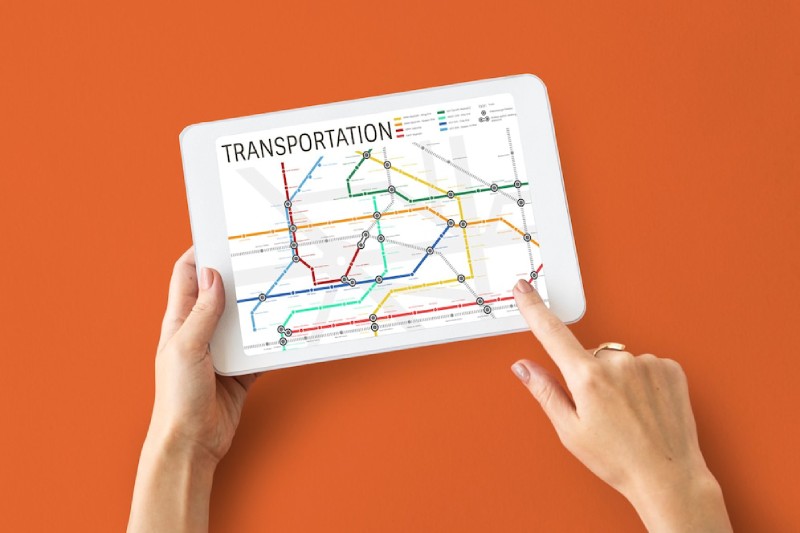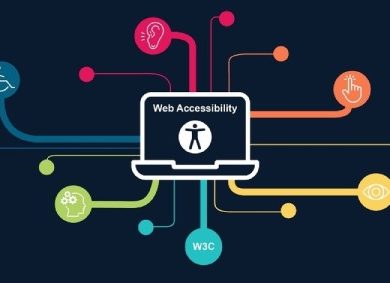
Why All Businesses Should Use Accessibility Software
Not so long ago, accessible information on business softwares and sites was the only right thing to do by your customers. Today, this is a smart step toward attracting a wider audience and, in many cases, the only way to avoid legal problems.
Making sure that your software, documentation, as well as your marketing mediums such as your website, are accessible is not that difficult. Essentially, you should make everything usable to everyone in your target audience, including people with more limited cognitive and physical abilities.
In this article, we’ll delve into the importance of keeping applications, networks, systems, and products running continuously and offering accessibility. This will allow all of your employees to do their job and all of your customers to get what they need. You will learn not only why this is smart for your business, but also get some ideas on how to make it happen.
How To Use Tools To Make Your Brand Accessible
A colorblind person should be able to distinguish between different ideas on your site or in your software. This requires the right use of colors. Blind people should be able to listen to your messages, while people with limited language skills should have some subtitles to read in addition to listening to your videos.
The list goes on and on but thankfully, there are plenty of tools that can facilitate this for you. Let’s consider some of them.
Voice-To-Text Transcription Software
When you create videos, are the speakers always clear to all? Don’t some of them have an accent, talk too fast, or use words that non-natives might not be familiar with? To make your video content more accessible, you should use automated transcription software and get it in a written form, too. Amberscript’s voice to text transcription software is a great tool for this purpose.
With this tool, you can convert the audio into text within minutes, tweak it as you please, and publish it in no time. This will make your video content more accessible to people with disabilities, people who struggle with the language, as well as those that prefer reading over listening.
When you transcribe audio content into text, you are also creating a new form of content to publish. It’s definitely a plus. Amberscript is rated as one of the top SaaS softwares for businesses for a reason – it makes your message available to more people!
Content Management Systems That Support Accessibility
There are tons of content management systems available today, used to build websites and organize the workflow. The most popular one is WordPress, followed by systems like Hubspot and Joomla.
When you are choosing a CMS based on your needs, pick ones that have themes and templates that scream accessibility. You’ll find that many of the themes in WordPress, for example, have notes on accessibility as well as tips for creating more accessible content.
Color Palette Software
Under current laws, WCAG’s AA standards are a must when making electronic information more accessible. If you adhere to the AAA standards, you can enhance accessibility.
Thankfully, you needn’t scour colors and try to make your own combos. WebAIM Color Contrast Checker can help you test one color against another and create the most accessible documents, software, and sites in no time.
Why You Should Use Accessibility Software
Now that you know a few examples of what you can use to make your offerings more accessible, let’s delve into why this is important for you.
1. Accessibility Drives Innovation
If you design with accessibility in mind, your products will be better overall because they’ll appeal to and benefit a more diverse group of people. Very often, in attempting to make the products more accessible, businesses uncover innovations with a measurable social impact and great potential for success.
Take, for example, driverless cars. These were most appealing to people with disabilities, but they are also projected to solve traffic congestion and reduce fatalities.
Because of the nature of accessibility, innovation becomes inevitable. Many link it to general usability since it provides a more intuitive UX not only for disabled people, but for everyone. If UI design takes accessibility into account, the experiences of people with the brand will become more pleasurable.
Take, for example, video to text transcriptions. Let’s not forget about the ones that cannot listen to audio at the moment. How often does it happen to you that you skip an interesting video because you are in a crowd or at the office?
This means that transcribed audio doesn’t only appeal to disabled people, but also to those that prefer this option at the moment.
2. Accessibility Improves Your Brand
Brands that develop accessible products and solutions show that they care about their customers. If you are committed to accessibility, you show people that your company is responsible, inclusive, and cares about its customers. This, in return, will enhance your brand’s image.
Such a brand image won’t just attract more customers – it will also make you look better in the eyes of investors and partners. According to a Microsoft-commissioned study by Forrester, customers are aware of the needs of people with disabilities and often make purchasing decisions based on it.
If you use technology that is accessible, you’ll also be able to hire everyone, and make your internal culture richer. This too helps boost your brand’s image.
3. Accessibility Widens Your Brand’s Reach
One of the biggest perks of accessibility for businesses is that it extends the market reach significantly. In the US alone, the spending of disabled people goes over $200 billion. On a global level, people with disabilities of all kinds account for 15% of the population. You’ll surely agree – this is not a small percentage and you shouldn’t miss out on the opportunity to reach them.
Fifteen percent of the population makes for approximately a billion people, many of which could be your potential customers. As the population ages, more people will acquire some disabilities. Some stats show that, in countries where the life expectancy is over 70 years old, people spend 11.5% of their life living with some kind of disability.
So, it is safe to say that the market is much bigger than 15%. Some estimate it at 2.3 billion people with $6.9 trillion in annual disposable income.
Disabilities come in every form and shape. Every new customer you manage to attract to your business is a success for you. It can lead to word of mouth, frequent purchases, and one by one, this will make your brand stronger and more successful.
And, let’s not forget that accessible designs benefit users that aren’t disabled, too. It is popular with older people with changing abilities, people who suffer from temporary disabilities like a broken arm, users that find themselves in a challenging situation, etc.
4. Usability Helps Minimize Legal Risks
Countries around the world have laws and compliance standards that you must know of and follow to avoid legal troubles. Businesses that include accessibility in their plans are better equipped to be successful and avoid many legal risks.
Nowadays, many countries actually require accessibility to make your business compliant. And even if yours is not required to be accessible, some customers don’t even consider companies that aren’t compliant.
Just think of it this way. Accessibility is a human right. It is listed in the United Nations Convention of the Rights of People with Disabilities, pointing out the rights of all to have equal access to communication technology like the Web and softwares.
The last count of countries that ratified the CRPD is 182.
This doesn’t stop at these countries, though. The European Commission also has its act, the European Accessibility Act. This act currently requires that all telephony and audiovisual services, TV equipment, banking services, ATMs, e-books, transport services, and some areas of e-commerce meet some accessibility requirements. On top of this, Canada and Australia have their own laws for accessibility, and they do include software.
We can only expect these laws to strengthen and multiply in the near future. That being said, you should opt for accessibility for many reasons, and one of them is to avoid legal trouble.
When working to make your brand accessible, familiarize yourself with the standards that apply to you. These can be a great guide to help you create accessible products, but you shouldn’t be afraid to move forward and make everything you can more accessible.
Final Thoughts
Making your business accessible is the right thing to do still, and not just by the people. It is the right thing to do for your business, too. It helps you avoid legal trouble, attracts more people toward your brand, and shows them that you care.
Admittedly, most brands worldwide are not there yet, but that is not a reason why you shouldn’t do your best to make your products and designs more inclusive. Small steps on your behalf can make your customers much happier, such as transcribing your videos or using accessible website designs.
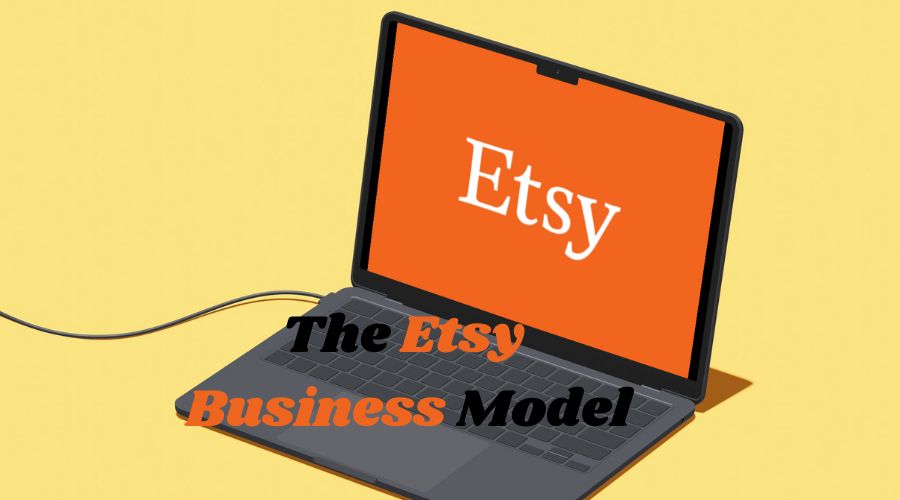
The Etsy Business Model: How Does Etsy Make Money?
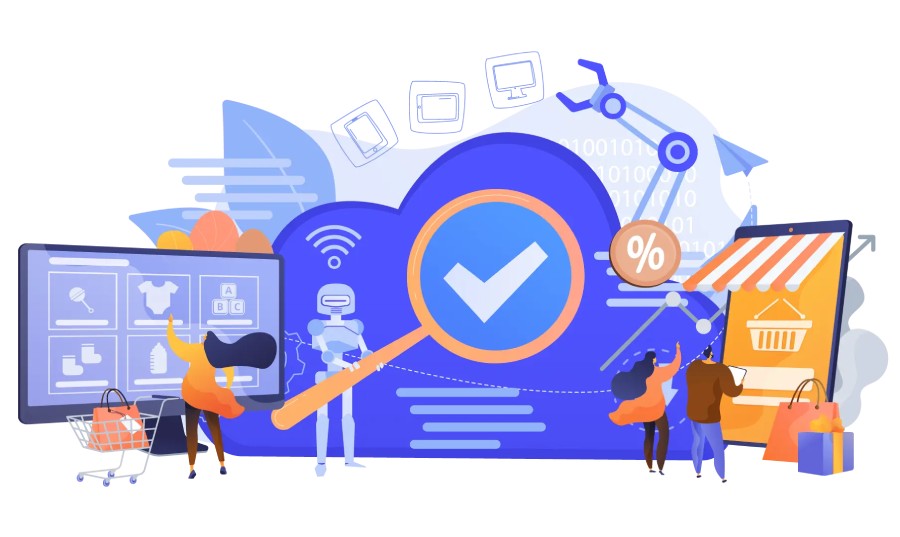
How eCommerce Solutions Are Revolutionizing the Way We Do Business?

How to Protect Your Personal Data Online

6 Tips for Being a Successful Fleet Manager

How Should you Analyse Competitors Social Media Strategies
